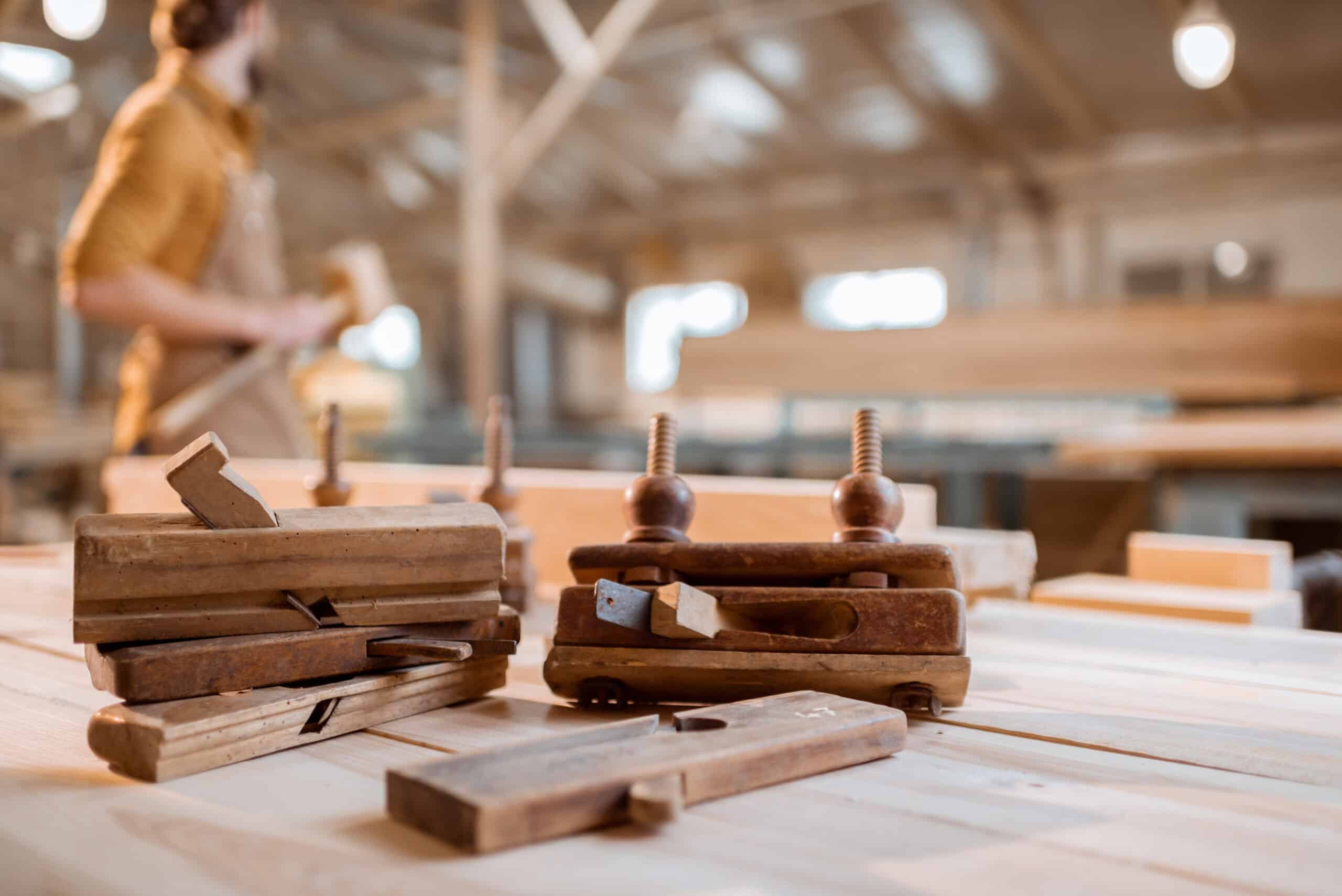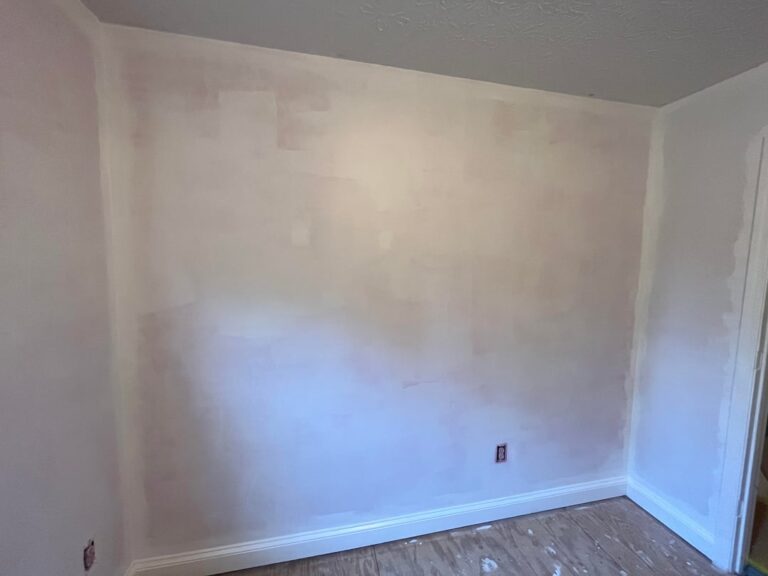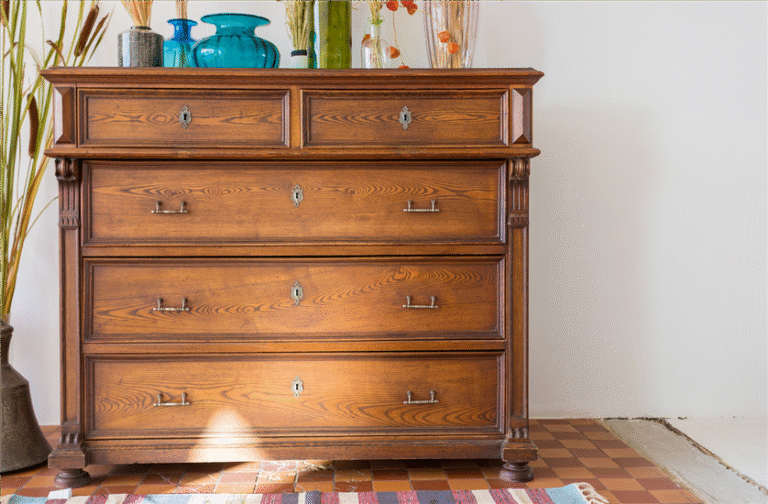5 Common Mistakes When Restoring Antique Furniture
Have you ever found yourself captivated by the charm of an old, elegant piece of furniture, yearning to restore it to its former glory? Restoring antique furniture can be a rewarding experience, allowing you to breathe new life into timeless treasures.
However, even the most well-intentioned DIY enthusiasts often fall into common pitfalls that can compromise the value and beauty of these pieces. If you’re considering tackling a restoration project, it’s crucial to be aware of these mistakes to avoid them.
We’ll uncover the five most common mistakes people make when restoring antique furniture and show you how to steer clear of them. By the end, you’ll feel confident and ready to transform your antique finds without fear of regret. Read on to ensure your restoration project is a success!
Rushing The Process
Rushing through antique furniture restoration often leads to mistakes. Quick fixes can damage delicate materials and ruin charm. Patience is key for preserving history and beauty.
Restoring antique furniture can be thrilling. It’s important to take it slow. Many rush the process, leading to mistakes. Careful restoration requires patience. Each step deserves attention. Let’s explore common pitfalls in rushing the process.Ignoring Proper Planning
Planning is crucial for restoration. Many dive in without a plan. This leads to errors. A clear plan guides your actions. You understand what needs attention. Proper planning saves time and resources. It ensures each step is precise. You avoid unnecessary fixes.Skipping Detailed Inspection
Inspection reveals the furniture’s true state. Many skip this step. They miss hidden damage. Detailed inspection identifies problems early. It aids in choosing the right tools and materials. You see where repairs are needed. It prevents future issues. A thorough check supports successful restoration.
Credit: www.littlehouseoffour.com
Using Inappropriate Materials
Restoring antique furniture demands careful material selection. Using inappropriate materials can damage original finishes and reduce value. Mistakes often arise from misunderstanding the furniture’s age and style, leading to mismatched repairs.
Restoring antique furniture can breathe new life into cherished pieces, but using inappropriate materials can ruin your efforts. The allure of quick fixes or modern products can be tempting, yet they often clash with the timeless charm of antique items. Understanding the pitfalls of using unsuitable materials will save you from costly mistakes and preserve the authenticity of your furniture.Choosing The Wrong Finish
One of the most common errors is selecting a modern finish that doesn’t suit the period or style of the piece. Imagine restoring a Victorian chair only to coat it with a glossy lacquer that belongs in a modern kitchen. This not only diminishes its value but also its aesthetic appeal. Always research the original finish. If you’re unsure, consult with experts or reference similar pieces. An inappropriate finish can seal in moisture or cause the wood to warp, leading to further damage.Mismatched Repair Products
Using mismatched repair products can create more harm than good. Think about using a modern adhesive that’s too strong or incompatible with old wood. This might cause cracking or even split the wood. Consider this: I once attempted to repair a delicate inlay with a contemporary glue, only to discover it discolored the surrounding wood. The lesson was clear—old materials often require traditional solutions. Ask yourself if the materials you’re using are truly suited for antiques. Are they reversible if you make a mistake? Ensuring compatibility will maintain the piece’s integrity and keep your restoration project on the right track. Avoiding these common mistakes by choosing suitable materials and repair products ensures your antique furniture remains a valuable piece of history in your home. What steps will you take to safeguard your restoration project?Neglecting Original Features
Restoring antique furniture is like breathing new life into a piece of history. But sometimes, in the excitement of restoration, the original features can be overlooked. This mistake can rob the piece of its historic charm and value. Every detail, from the type of wood to the unique carvings, tells a story.
Imagine buying a vintage chair with intricate carvings, only to sand them away in an attempt to smooth the surface. A friend of mine once made this mistake, and it was heartbreaking to see the chair lose its character. Are you guilty of this oversight?
Altering Historical Elements
Changing historical elements is a common pitfall in furniture restoration. Let’s say you find an antique table with brass fixtures, and you decide to swap them for something modern. This choice might update the look, but it also erases its history.
Think about the story those fixtures tell. Maybe they’ve witnessed family gatherings or important discussions. By altering them, you lose that connection. Next time, consider preserving these features to keep the piece’s legacy alive.
Over-refinishing Surfaces
Another mistake is over-refinishing surfaces. It’s tempting to sand down every inch to make an old piece look new. However, this can strip away its unique patina—an irreplaceable layer formed over decades.
Picture an antique desk with a worn-out surface. Instead of stripping it completely, try gentle cleaning methods. This approach not only retains its original charm but also respects its age. Have you ever wondered if your need for perfection is sacrificing authenticity?
Restoring antique furniture requires a delicate balance. It’s about preserving what makes each piece special. By focusing on maintaining original features, you honor its history while giving it a fresh start. What stories might you uncover in your next restoration project?
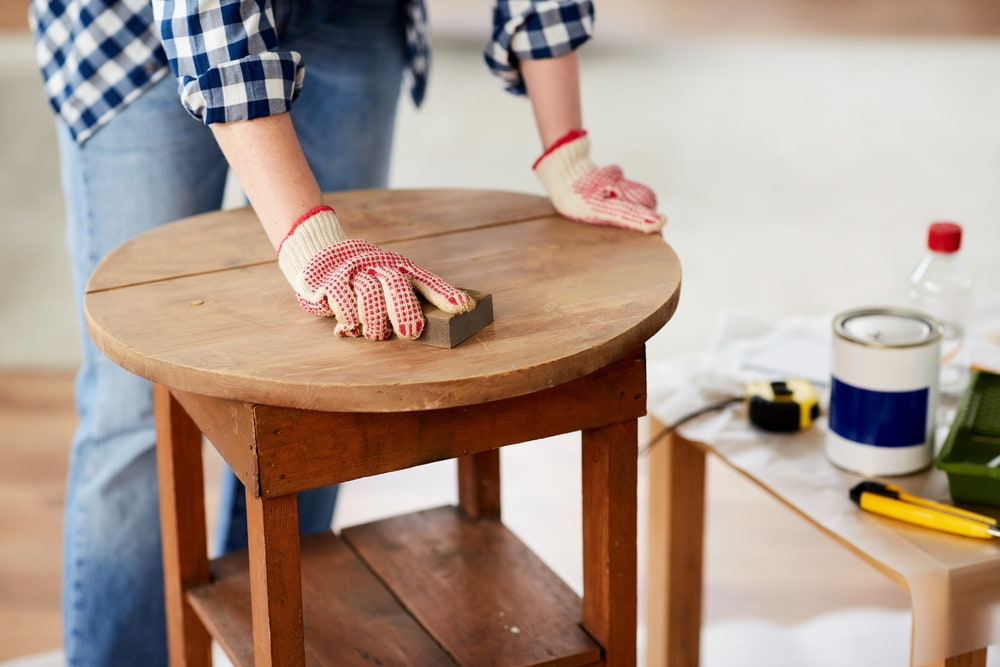
Credit: www.extraspace.com
Improper Cleaning Techniques
Improper cleaning techniques can damage antique furniture. Using harsh chemicals strips away the original finish. Scrubbing too hard can scratch delicate surfaces, ruining the piece’s charm and value.
Restoring antique furniture can be a fulfilling project, bringing history back to life. However, improper cleaning techniques can easily damage these precious pieces. Understanding how to clean them safely is crucial. Let’s dive into the common mistakes you might make and how to avoid them.Using Harsh Chemicals
Many people believe that strong chemicals will clean better. This is a misconception. Harsh chemicals can strip away the finish, leaving the wood vulnerable. Think about the original craftsmanship. Would they have used such products? It’s better to opt for mild soap and water. Test a small area before cleaning the entire piece. This simple step can prevent irreversible damage. Always be gentle; your furniture deserves it.Excessive Scrubbing
Scrubbing too hard can lead to scratches and wear. It’s tempting to scrub away stubborn spots, but patience pays off. Use a soft cloth and gentle motions. Remember, your goal is to preserve, not to erase history. Consider this: Would you scrub a delicate painting? Antique furniture requires the same care. Treat it with respect and it will last for generations. Have you ever been too eager to see results quickly? It’s a common mistake. Slowing down can make all the difference in maintaining the integrity of your antiques. Avoid these pitfalls, and your restored furniture will not only look beautiful but will also keep its value. What cleaning techniques have you found effective in your own restoration projects?Lack Of Professional Consultation
Skipping professional consultation can lead to costly mistakes in antique furniture restoration. Expert advice ensures authenticity and proper techniques. Avoid damage by seeking guidance from specialists.
Restoring antique furniture can be an incredibly rewarding process, transforming a piece from a forgotten relic to a cherished heirloom. However, one of the most common pitfalls is the lack of professional consultation. If you’re considering taking on a restoration project, consulting with a professional can be the difference between a successful restoration and a costly mistake. Professionals offer valuable insights and expertise that can save you time and prevent damage to your beloved antique.Misjudging Restoration Needs
Without professional advice, you might misjudge what your antique furniture truly needs. Perhaps you’ve inherited an old chair that looks like it needs just a fresh coat of paint. However, a professional might identify structural issues that require attention first. Attempting to restore without understanding the underlying needs can lead to more damage and higher repair costs. Have you ever eagerly started a project only to realize halfway through that you’ve bitten off more than you can chew? Consulting an expert can help you avoid this scenario, ensuring you understand the full scope of what needs to be done.Underestimating Complexity
Antique furniture often involves intricate craftsmanship and materials that are unfamiliar to modern eyes. You might think a simple sanding will suffice, but the complexity of antique finishes and joinery might require specialized techniques. Experts can guide you through these complexities, helping to preserve the integrity of the piece. Imagine thinking that replacing a missing drawer handle is a quick fix, only to discover that finding a matching piece from the same era is a challenge in itself. The complexity of antique restoration is often underestimated, and professional consultation can provide clarity and direction. Do you have an antique piece you’ve been hesitant to restore due to its intricacies? Seeking professional advice can transform your uncertainty into confidence, ensuring your restoration project is both successful and rewarding.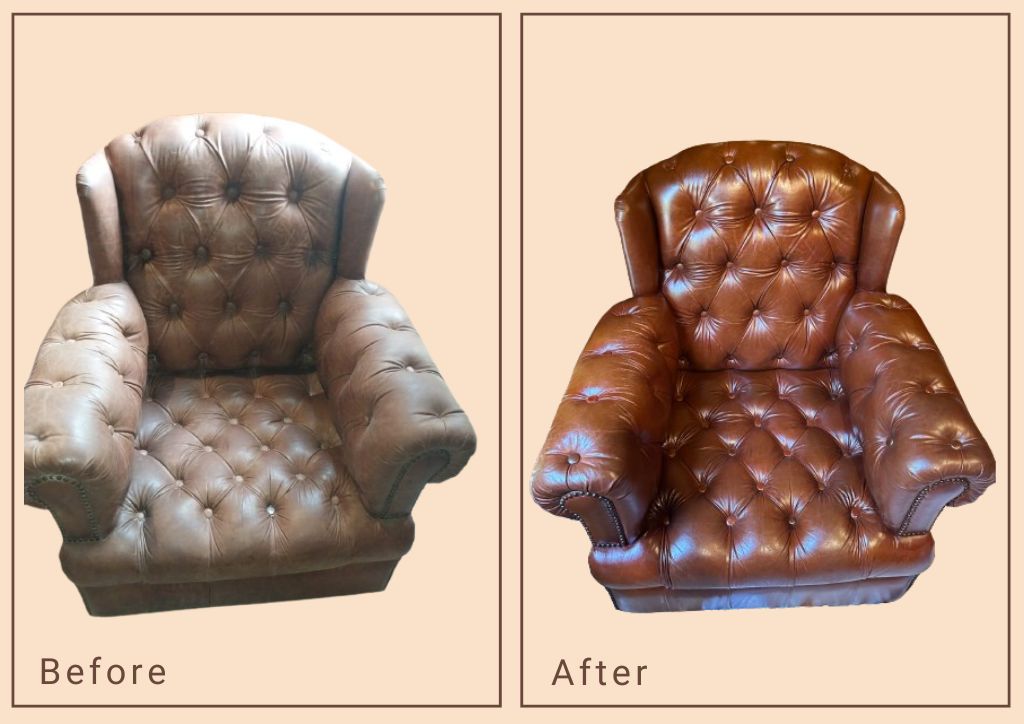
Credit: luxuryleatherfurniturecare.com
Frequently Asked Questions
What Are Common Antique Restoration Mistakes?
Common mistakes include using harsh chemicals, incorrect sanding, and neglecting original finishes. These can damage the furniture’s integrity. It’s crucial to research proper techniques. Expert advice can help preserve the piece’s value. Always test products on a small area first to ensure compatibility.
How To Avoid Damaging Antique Furniture?
Avoid damage by using gentle cleaning methods and appropriate tools. Don’t rush the restoration process. Research the furniture’s history and materials for best practices. Always handle pieces with care. Consult professionals for complex restorations to ensure the piece’s longevity.
Is Refinishing Antique Furniture A Bad Idea?
Refinishing can be risky, as it may decrease value. Original finishes are often preferred for authenticity. If refinishing is necessary, use techniques that mimic the original style. Consult experts to ensure proper methods. Preserving the original finish is typically the best approach.
Can Improper Storage Harm Antiques?
Yes, improper storage can lead to damage. Furniture should be kept in a stable environment. Avoid humidity and extreme temperatures. Ensure furniture is covered to prevent dust accumulation. Store pieces in a way that prevents stress on joints. Regular inspections can help identify issues early.
Conclusion
Restoring antique furniture can be a rewarding experience. Avoid common mistakes to protect your cherished pieces. Always research materials and techniques before starting. Patience is key; rushing leads to errors. Test your cleaning methods on a small area. Handle old wood carefully to prevent damage.
Seek advice from experts when uncertain. Enjoy the process of bringing history back to life. Your efforts preserve the beauty and story of antique furniture. With care and attention, your restored pieces can shine for years to come.
